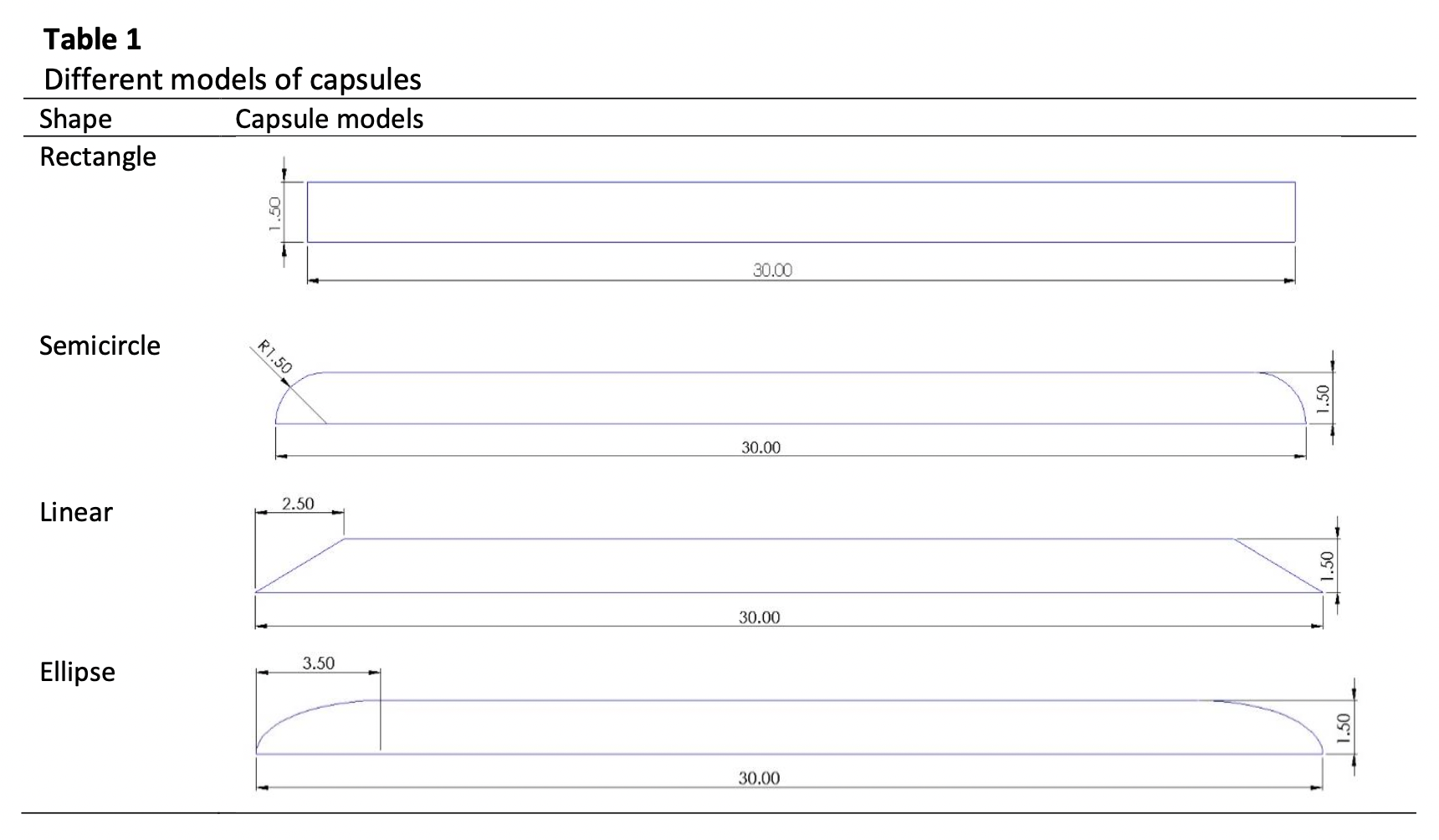CFD Simulation on Aerodynamic Performance of Hyperloop Vehicle
DOI:
https://doi.org/10.37934/arfmts.102.1.126139Keywords:
CFD, Hyperloop, aerodynamic drag, capsule shapeAbstract
Aerodynamic drag is one of the most opposing factors for ground vehicle. This becomes even more difficult while travelling through a tunnel. The Evacuated- Tube Trains (ETTs) or Hyperloop’s are a new concept of ground transportation presently being developed by many different companies. The main purpose of an Hyperloop can be displayed as a cheaper medium of ground transport, which could allow its consumers to propagate to different places at a cheaper and faster rate compared to the present day locomotives and road transport. Passengers can travel at over 700 mph in floating capsules that swoop along within gigantic low-pressure tubes that are either below or above surface. This study analyses the Hyperloop designs using Computational Fluid Dynamics software ANSYS FLUENT. The effects of operating speed, Capsule shape and internal tube pressure have been studied in this paper. The flow inside the tube is considered as turbulent and incompressible. The software simulation results show the significant effects of inside pressure and operating speed on the aerodynamic drag of the capsule. Study with different shapes for the Capsule’s front and rear end suggest the most optimum shape for least aerodynamic drag.
Downloads

































